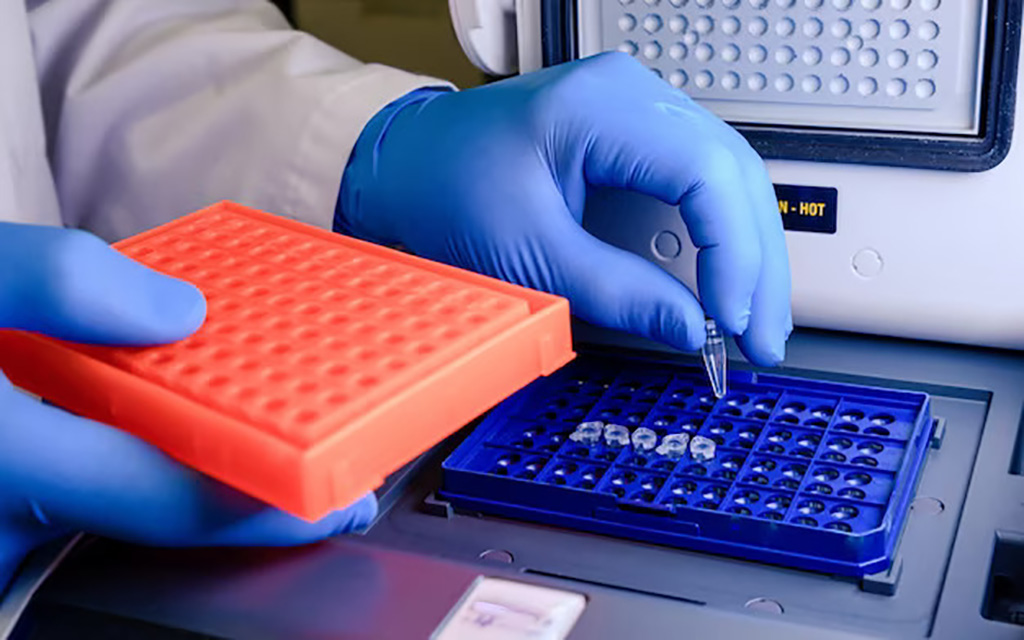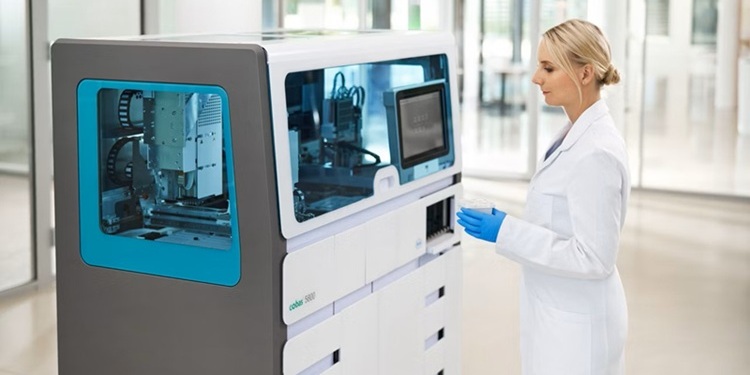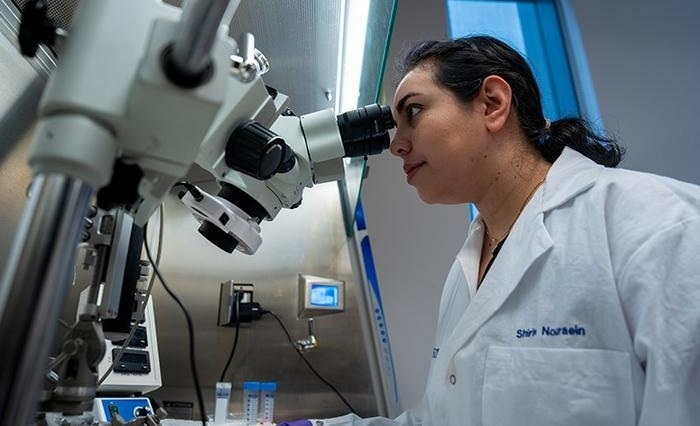New Scientific Method Halves Polio Detection Time
Posted on 23 Aug 2023
Polio, an infectious disease caused by the poliovirus, spreads mainly through contact with contaminated food and water due to infected feces. While some individuals remain asymptomatic, polio can be particularly severe for infants and children under five, resulting in permanent paralysis or even death. The World Health Organization (WHO) recognizes delayed detection as a significant hurdle in their 2022-2026 plan to eradicate polio. Presently, nations with active polio outbreaks ship stool samples worldwide for lengthy, complex lab tests, leading to time-consuming confirmation of results. Detecting polio more swiftly in outbreak regions can allow authorities to respond promptly with focused vaccination efforts, curbing the spread of the virus. Now, a novel technique that has been shown to halve the time to detect polio could support global efforts to eradicate the infectious disease and help save lives.
Collaborative research supported by the Medicines and Healthcare Products Regulatory Agency (MHRA) demonstrated the efficacy of the Direct Molecular Detection and Nanopore Sequencing (DDNS) technique in detecting polio outbreaks. DDNS not only preserves valuable time but also reduces costs for public health bodies. This marks the first application of such a scientific technique for polio detection, building on its use in identifying COVID-19, Ebola, measles, and monkeypox. By enabling in-country testing instead of shipping samples abroad for specialized lab assessments, transport and testing delays shrink from an average of 42 days to 19 days. The research, conducted in the Democratic Republic of Congo (DRC) over six months, exhibited DDNS tests to be approximately 23 days quicker than the standard method, boasting over 99% accuracy.

“We are standing at a delicate and pivotal moment for the eradication of polio. While vaccination programs have seen polio disappear in many countries, the delayed detection of outbreaks poses a major threat to those efforts,” said Javier Martin, Principal Scientist in Virology at the MHRA. “By implementing detection methods such as DDNS, we can identify where outbreaks are and which polio strain is present much more quickly, allowing us to act at the earliest opportunity.”
“This method allows the rapid confirmation of polio strains, facilitating swifter vaccine responses that can reduce the number of polio cases stemming from an outbreak,” said Dr. Alex Shaw, Research Fellow in the School of Public Health at Imperial College London. “The sequencing technology used in this method is easily adapted for the detection and typing of other organisms. This rollout will therefore provide a foundation of skills and experience that can be redirected to the genomic surveillance of other pathogens as needed.”
Related Links:
MHRA














